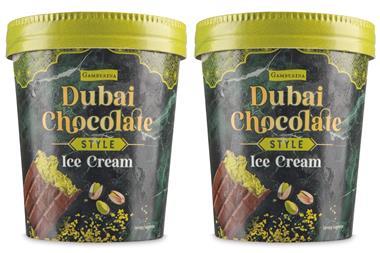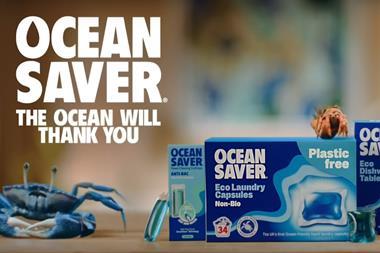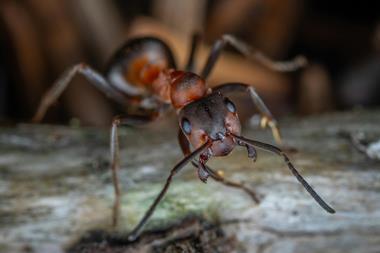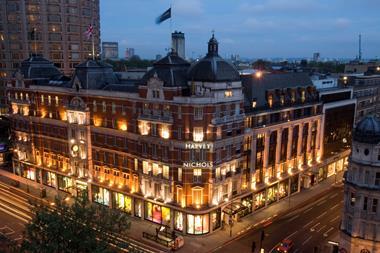Farmed salmon producers have called on Birds Eye to withdraw a TV ad that calls into question the feed they give their fish.
The execution, which aired this week, shows broadcaster and restaurant critic Richard Johnson on a boat at sea explaining why the wild salmon used in Birds Eye products is "so naturally pink". He says the fish get their colour through eating shrimp and other crustaceans.
He goes on to say that salmon that are not wild are pink because "synthetic colorant" astaxanthin is added to their feed. He also expresses surprise that colour charts are used to evaluate the colour of farmed fish: "I thought they were joking."
But the Scottish Salmon Producers' Organisation said the ad was a "ruthless attempt" to suggest that the addition of astaxanthin to farmed salmon feed was undesirable, when in fact, according to SSPO, it was an essential cartenoid pigment.
Colour charts were used only to ensure farmed salmon were consuming enough, it claimed. Sid Patten, chief executive, said: "Salmon are pink because they consume cartenoid pigments. In the wild, salmon take up this pigment from shrimp and other organisms. Our farmers simply provide the same elements in their feed, and the same natural process in both wild and farmed means the pigment is absorbed by the fish."
Astaxanthin was fully approved for use in the EU and UK in diets for salmon, he added.
Unilever, which owns Birds Eye, denied the ad was intended to criticise salmon farming techniques. Trade communications manager Will McIntosh said: "We are just highlighting the quality and the health benefits of Birds Eye salmon product."
The execution, which aired this week, shows broadcaster and restaurant critic Richard Johnson on a boat at sea explaining why the wild salmon used in Birds Eye products is "so naturally pink". He says the fish get their colour through eating shrimp and other crustaceans.
He goes on to say that salmon that are not wild are pink because "synthetic colorant" astaxanthin is added to their feed. He also expresses surprise that colour charts are used to evaluate the colour of farmed fish: "I thought they were joking."
But the Scottish Salmon Producers' Organisation said the ad was a "ruthless attempt" to suggest that the addition of astaxanthin to farmed salmon feed was undesirable, when in fact, according to SSPO, it was an essential cartenoid pigment.
Colour charts were used only to ensure farmed salmon were consuming enough, it claimed. Sid Patten, chief executive, said: "Salmon are pink because they consume cartenoid pigments. In the wild, salmon take up this pigment from shrimp and other organisms. Our farmers simply provide the same elements in their feed, and the same natural process in both wild and farmed means the pigment is absorbed by the fish."
Astaxanthin was fully approved for use in the EU and UK in diets for salmon, he added.
Unilever, which owns Birds Eye, denied the ad was intended to criticise salmon farming techniques. Trade communications manager Will McIntosh said: "We are just highlighting the quality and the health benefits of Birds Eye salmon product."

















No comments yet